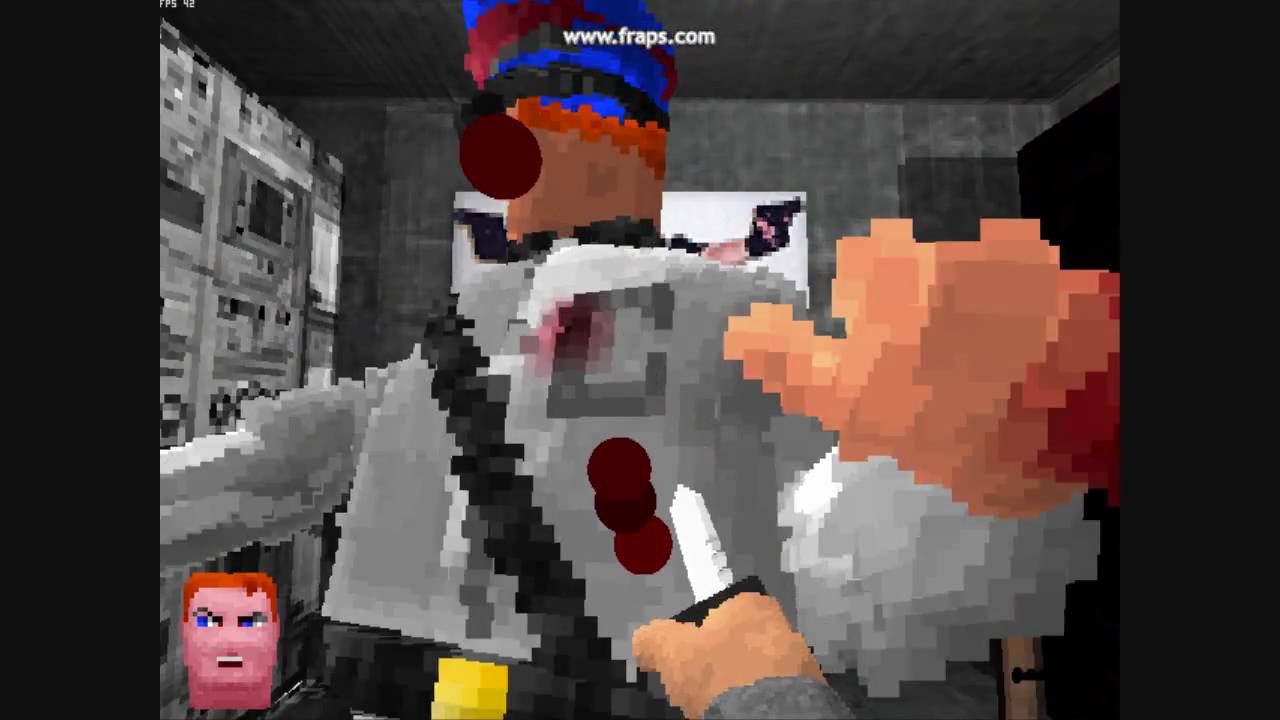For polygon based geometry, you can render a closed space environment without overdraw using a BSP tree, which only works with static geometry. The 2-D BSP Tree can’t handle sloping walls, floors and ceilings, but a 3D BSP tree can.
Now I wonder what would happen if you shrunk the mesh size down to a single voxel. Each voxel has a vector normal associated with it and a finite size. Only voxels on the surface are retained in the database. Could this be worked into a variant of a 3D BSP Tree to give a database which would give you the draw-order of voxels from any position in the landscape. We would need to count the number of pixels drawn so to know when to stop rendering.
However, I don’t think it does anything for anti-aliasing. I also can’t see how this would work for open environments (I mean with some sky showing), as some pixels would never get filled, so the entire database would get searched every frame. Maybe it has multi-resolution voxels and multi-resolution raytrace cone sizes. That would help eliminate area of sky at lower cost. Maybe help with anti-aliasing too. My head hurts.
 It looks like they’re doing something extra clever.
It looks like they’re doing something extra clever.

 In that game, you can destroy buildings and objects and such, when you destroy them, you’ll see them break down realistically. E.g think about what would happen when you shoot a bazooka on a house for example, would you see a plain hole appear in the house, or would the wall’s bricks would fly out, the roof would slide down, various objects inside it would fly etc etc. In other words, once the terrain is destroyed, it is effected realistically with physics.
In that game, you can destroy buildings and objects and such, when you destroy them, you’ll see them break down realistically. E.g think about what would happen when you shoot a bazooka on a house for example, would you see a plain hole appear in the house, or would the wall’s bricks would fly out, the roof would slide down, various objects inside it would fly etc etc. In other words, once the terrain is destroyed, it is effected realistically with physics.